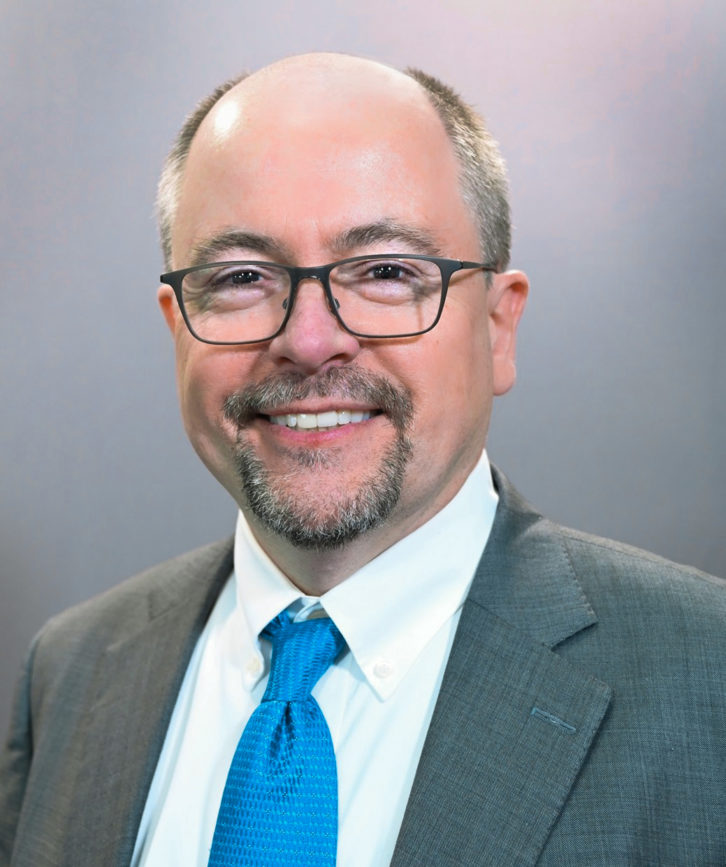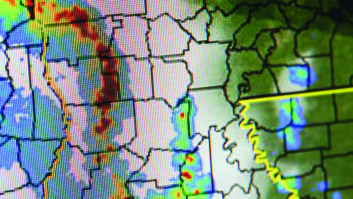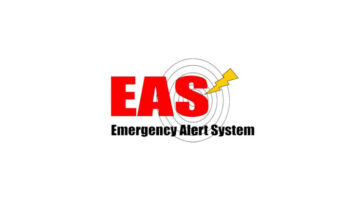Did your State Emergency Communications Committee meet the deadline to file its EAS plan with the FCC in early July?

While a majority of SECCs did so, some were still pending after the deadline. Commission officials declined to say exactly how many but offered assistance for committees that still needed it. (If that’s you, send an email to david.munson@fcc.gov.)
New rules were put in place last year to tighten up state EAS planning across the country. And in a series of ongoing interviews this summer, our contributor Randy Stine has provided insight into how various committees have navigated this process.
“We are a newly formed group and have made significant changes to our state plan,” Wyoming SECC Chairman Paul Montoya told him.
“In the past, the plan has been administered by the state broadcast association. The plan has not been very functional, especially for national or statewide alerts and testing. We tried to include a wide cross-section of members on the committee.
“I advise states to make up their committee with representatives from all groups that will be involved with sending and receiving alerts. And to be aware of all people groups that need to be alerted.”
Richard Rudman, chair of the California SECC, said, “California, like some other states, needed to look at the real heart of EAS: the relationships between local broadcasters, their contact with local warning centers and the monitoring assignments that EAS depends on.”
After the big state’s devastating series of wildfires, the legislature saw a need to reinforce public alert and warning capabilities. Rudman has been working with the state Office of Emergency Services and several dedicated local chairs to verify both EAN and local/regional monitoring assignments.
“We found that many chairs have moved to other markets or retired, and several LP stations had changed call letters and frequencies. This is a work in progress.”
That phrase probably describes the situation for many state committees.
“The Washington SECC has created a training outline that involves three audiences,” said Ted Buehner, the chair for Washington state, “those who generate and transmit emergency messages, those who relay them and finally those who receive those emergency messages, the public. We all saw these three components fail during the January 2018 Hawaii false ballistic missile warning. Before and since then, there have been many other warning dissemination failures such as for wildfires, flash flooding and more.”
Buehner said the Washington SECC has offered its training outline to FEMA as a part of its overall online training program.
“We hope the concept will be accepted so subject matter experts across the country can collaborate and create an interactive training program for all three audiences, including tabletop exercise scenarios that can be tailored by local authorities and organizations to best meet their needs.”







